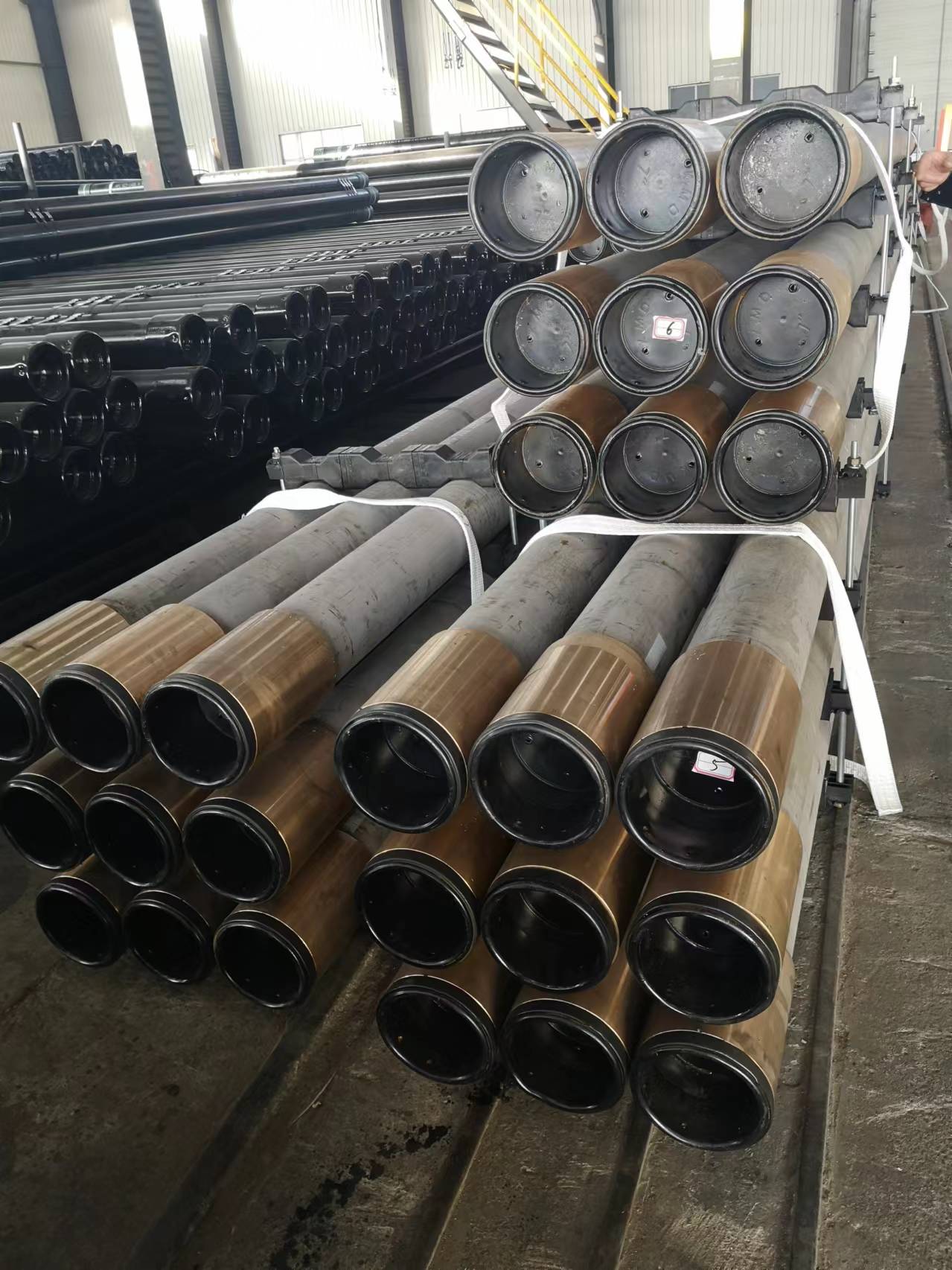- Afrikaans
- Albanian
- Amharic
- Arabic
- Armenian
- Azerbaijani
- Basque
- Belarusian
- Bengali
- Bosnian
- Bulgarian
- Catalan
- Cebuano
- Corsican
- Croatian
- Czech
- Danish
- Dutch
- English
- Esperanto
- Estonian
- Finnish
- French
- Frisian
- Galician
- Georgian
- German
- Greek
- Gujarati
- Haitian Creole
- hausa
- hawaiian
- Hebrew
- Hindi
- Miao
- Hungarian
- Icelandic
- igbo
- Indonesian
- irish
- Italian
- Japanese
- Javanese
- Kannada
- kazakh
- Khmer
- Rwandese
- Korean
- Kurdish
- Kyrgyz
- Lao
- Latin
- Latvian
- Lithuanian
- Luxembourgish
- Macedonian
- Malgashi
- Malay
- Malayalam
- Maltese
- Maori
- Marathi
- Mongolian
- Myanmar
- Nepali
- Norwegian
- Norwegian
- Occitan
- Pashto
- Persian
- Polish
- Portuguese
- Punjabi
- Romanian
- Russian
- Samoan
- Scottish Gaelic
- Serbian
- Sesotho
- Shona
- Sindhi
- Sinhala
- Slovak
- Slovenian
- Somali
- Spanish
- Sundanese
- Swahili
- Swedish
- Tagalog
- Tajik
- Tamil
- Tatar
- Telugu
- Thai
- Turkish
- Turkmen
- Ukrainian
- Urdu
- Uighur
- Uzbek
- Vietnamese
- Welsh
- Bantu
- Yiddish
- Yoruba
- Zulu
coupling tube fitting
Understanding Coupling Tube Fittings Essential Components in Fluid Systems
Coupling tube fittings play a crucial role in various fluid systems across multiple industries, including chemical processing, automotive, and pharmaceuticals. These fittings facilitate the connection between tubes, allowing fluids and gases to flow seamlessly through pipes. Understanding the function, types, and advantages of coupling tube fittings can greatly enhance their application and performance in systems.
What are Coupling Tube Fittings?
Coupling tube fittings are mechanical devices designed to connect two lengths of tubing or pipe. They create a secure, leak-proof joint, crucial for maintaining the integrity of a fluid system. Typically made from materials like stainless steel, brass, or plastic, these fittings can withstand significant pressure and are resistant to corrosion, making them suitable for various environments.
Types of Coupling Tube Fittings
There are several types of coupling tube fittings, each designed for specific applications
1. Compression Couplings These fittings use a compression mechanism to secure the connection between the tubing. They are widely used due to their ease of installation and reliability in sealing.
2. Welded Couplings In systems where maximum strength is required, welded couplings are the preferred choice. They involve fusing the ends of two tubes to create a permanent joint.
3. Flared Couplings These fittings involve creating a flared end on the tubing, allowing the fitting to compress and create a strong seal. They are often used in high-pressure applications.
4. Push-to-Connect Couplings Known for their convenience, push-to-connect couplings allow for quick and easy installation without the need for additional tools. This feature makes them popular in automation and plumbing applications.
coupling tube fitting

Advantages of Coupling Tube Fittings
The use of coupling tube fittings offers several benefits
- Versatility They can be used with various types of tubing materials, including metal and plastic, making them versatile in application.
- Leak Prevention A well-installed coupling tube fitting prevents leaks, ensuring the system operates efficiently and safely.
- Ease of Installation Many types of coupling fittings are easy to install and require minimal tools, reducing installation time and labor costs.
- Maintenance Most fittings allow for disassembly and reassembly, making maintenance and modifications straightforward.
- Durability High-quality coupling tube fittings are designed to withstand harsh environmental conditions, making them reliable for use in demanding applications.
Conclusion
In conclusion, coupling tube fittings are vital components in many fluid handling systems. Their ability to maintain secure and leak-proof connections allows for efficient operation and safety in various industrial applications. Whether employing compression, welded, flared, or push-to-connect couplings, selecting the appropriate type for the specific application is crucial for optimal performance. As industries continue to evolve, innovative coupling solutions will play an increasingly important role in fluid system design and implementation, ensuring efficiency and reliability in fluid transport.
-
Tubing Pup Joints: Essential Components for Oil and Gas OperationsNewsJul.10,2025
-
Pup Joints: Essential Components for Reliable Drilling OperationsNewsJul.10,2025
-
Pipe Couplings: Connecting Your World EfficientlyNewsJul.10,2025
-
Mastering Oilfield Operations with Quality Tubing and CasingNewsJul.10,2025
-
High-Quality Casing Couplings for Every NeedNewsJul.10,2025
-
Boost Your Drilling Efficiency with Premium Crossover Tools & Seating NipplesNewsJul.10,2025







